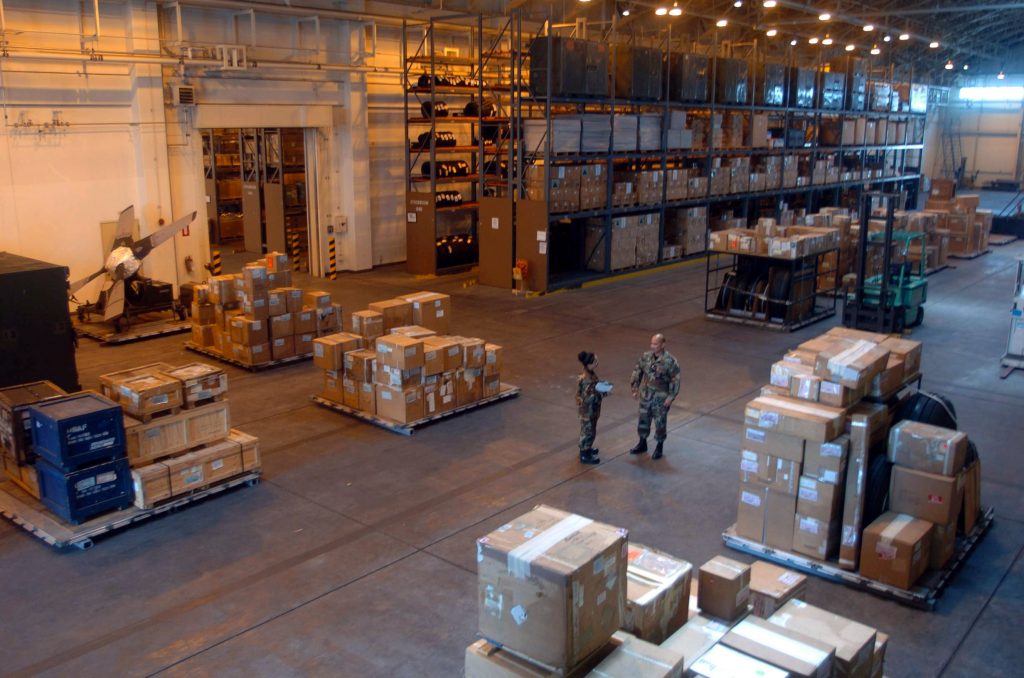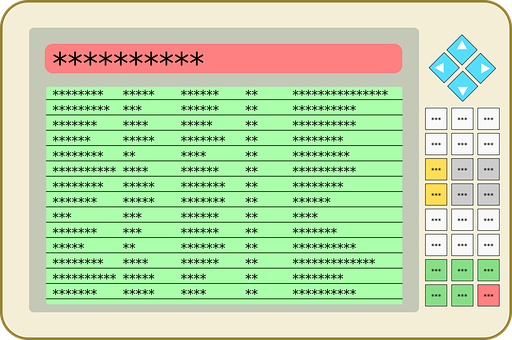Inventory management is at the heart of business profitability. Too much inventory on hand wastes space, time, and creates unneeded expenses. On the other hand, not having a favorite item in stock, or the ability to fulfill an order with the materials on hand can lose money for the business in more ways than one.
With this in mind, it’s essential to strive for just the right amount of inventory. Due to fluctuations in demand, seasonal interest, availability, and other uncontrollable factors, this can be a difficult task. It can also be a monotonous one, albeit necessary. The following methods not only help you maintain efficiency, but they can also help lighten the load and make the task of inventory management a bit less tedious.
Purchase an App or System to Manage Your Inventory
Yes, there are one-stop software solutions that can help you manage your inventory much more quickly. How these work for you will depend on your industry or trade and what, exactly, you’re trying to accomplish. The more you have to look after and the more complex the process, the harder it may be to find a solution, but they are out there.
If you need the best sign shop software or the best software for your agriculture business or thrift shop, there is an inventory management system out there for you. Not only can it help you better manage inventory on a day-to-day level but having access to the data this software generates can help you better understand the patterns of your stock and implement better forecasting into your overall strategy.
Count Cycles, Audit, and Improve Forecasting
Instead of reordering when something gets low, or panicking if you run out of a favorite item, regularly auditing inventory can help you stay ahead of trends and seasonal cycles. Further, the more data you gather, the easier it is to forecast into the future. While this won’t be able to predict every event, it will help insulate you against seasonal demand fluctuations.
First In – First Out
Your oldest inventory should be sold first, then newer inventory can be cycled in. This helps prevent warehouse damage and other inventory loss situations.
Basic and Advanced Organization
To make the most of the above inventory tracking methods, it’s essential to be organized. Not only will this make it easier to take advantage of the more advanced strategies, but it will also make it easier to locate inventory and conduct audits or other checks.
Organization and cleanliness also help decrease the amount of human error encountered in an inventory management situation. Of all the problems dealing with goods, nearly half dealing with fulfillment or products receiving will be the result of human error.
Labels can also help with organization when integrated with hand scanners or tablets. Not only should inventory be marked, containers and pallets may also be labeled, so they’re easy to locate and return to their section or storage space as needed.
If more information is needed, an RFID chip could be used in place of a label. This can not only help manage inventory but could also cut down on theft or missing stock as some RFID tags can be scanned and tracked from a distance.



